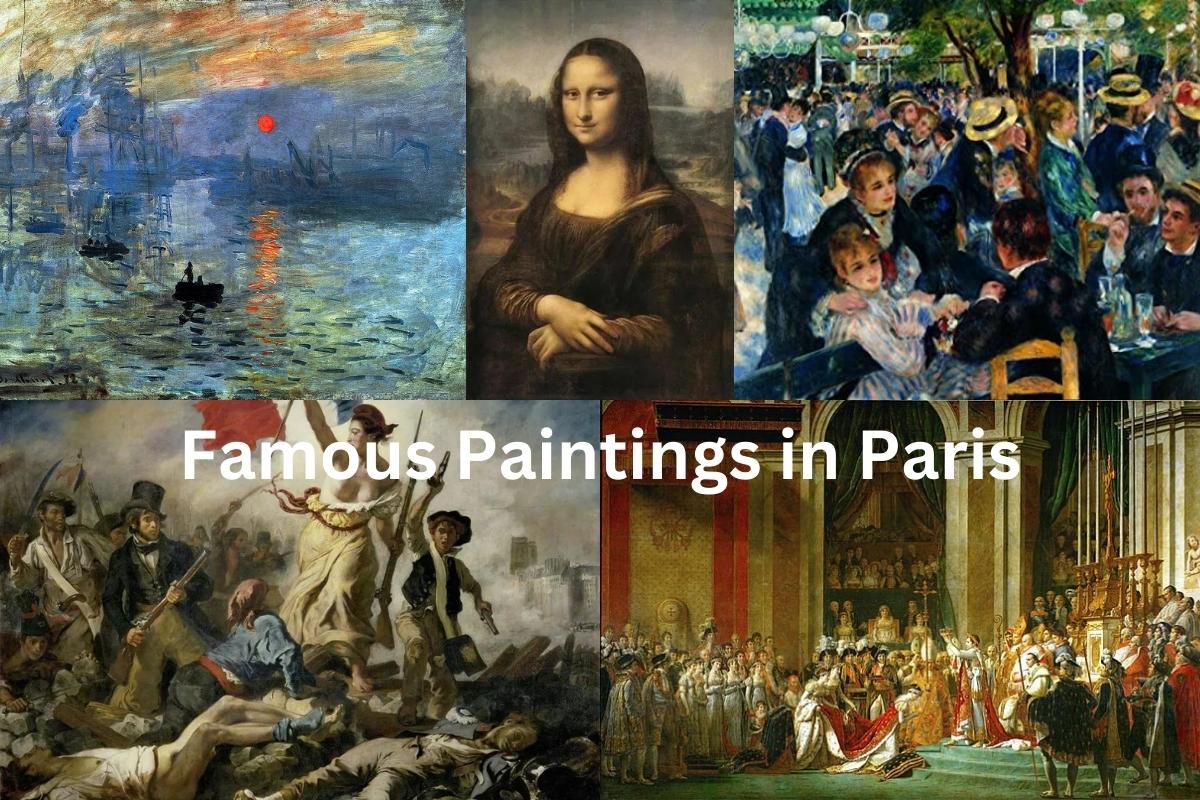Paris is home to some of the greatest paintings ever produced. With numerous historical art museums and galleries there is so much art on offer in the city that it takes days to cover even only a fraction of what is on offer.
As a country, France has spearheaded several of the great art movements of the past few centuries and it is the nations capital Paris that has been at the center.
The Louvre, Musée d’Orsay, Musée d’Art Moderne de Paris and the Musée de l’Orangerie plus a host of others that are dedicated to individual artists such as Monet, there are countless great masterpieces on display.
Below are some of the most famous art in Paris that are on display regularly.
Famous Paintings in Paris
1. Mona Lisa – Leonardo da Vinci
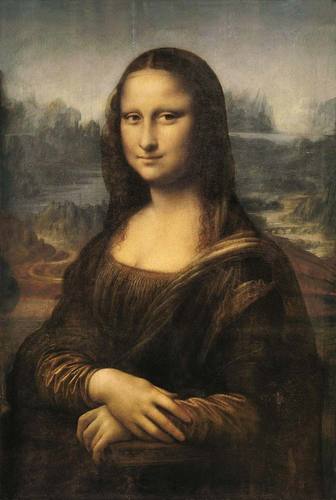
Leonardo da Vinci’s works have always been held in the highest regard and are widely regarded as among the most intriguing ever created. The original painting has been copied innumerable times in every conceivable size and medium.
Lisa del Giocondo, wife of Francesco del Giocondo and mother of the couple’s two children, is shown in the famous Mona Lisa painting.
Da Vinci started working on it in 1503 or 1505, and he finished it in 1519. The picture can be seen at the Louvre Museum, which was established in 1637 by King Louis XIV of France.
To think that this masterpiece was completed 400 years ago and still retains its pristine condition today is astounding.
While it has long been recognized as a masterpiece by art critics, the general public didn’t learn about it until 1911, when an Italian worker named Peruggia stole it from the Louvre.
Peruggia, as a patriotic Italian, would prefer that the masterpiece be housed in a museum in Italy rather than France.
When it was finally recovered and brought back to the Louvre after being missing for centuries, thousands of people lined up to see it every week.
2. Liberty Leading the People – Eugène Delacroix
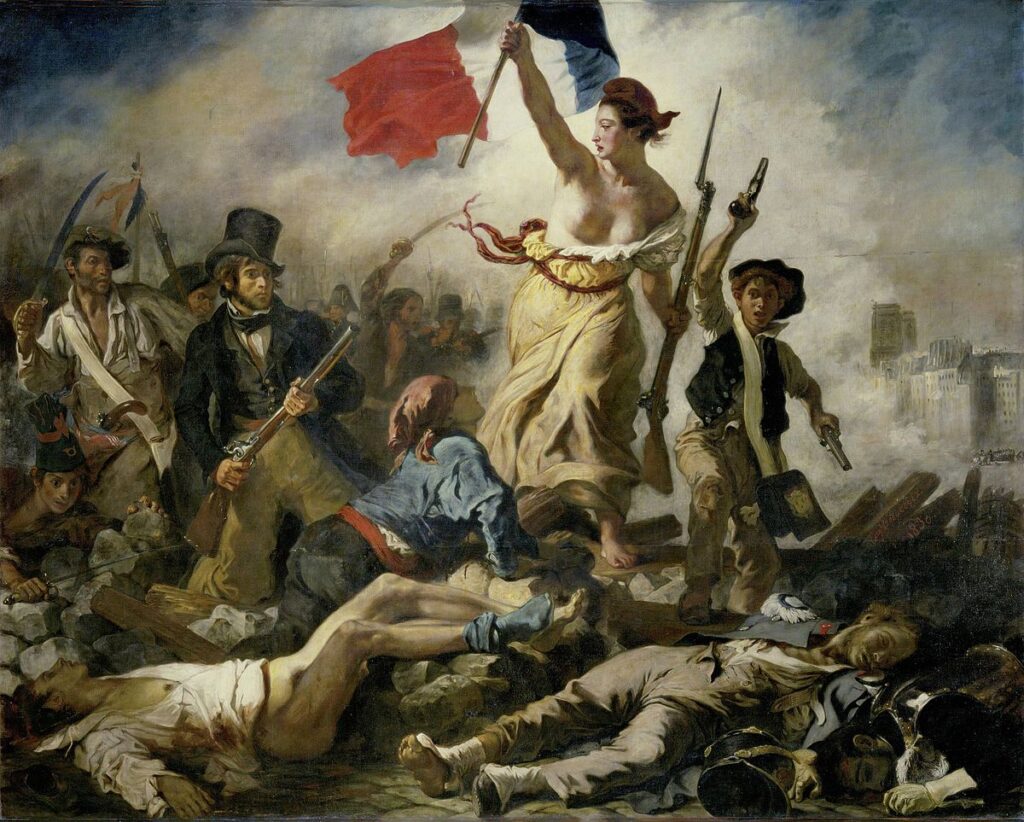
The French Revolution was one of the darkest times in European history. While the more famous February Revolution occurred in the spring of 1848, the less bloody July Revolution occurred in the summer of 1830 and was distinguished by an outpouring of passion on the part of the French people in their effort to overthrow a monarch they felt unworthy.
To further inspire the French people in their pursuit of freedom from the monarchy, Eugene Delacroix painted Liberation Leading the People the same year.
Ordinary Frenchmen armed with muskets storm an enemy stronghold in this piece of art. The beautiful woman shown as Marianne on the front of the French Republic’s flag captures everyone’s attention.
She’s just partially clothed and is clutching a French flag and a weapon, making it look like she’s rallying the men to push ahead and crush the king’s rebels.
One of the most famous paintings of the nineteenth century and one of the most famous French works of art today.
3. The Coronation of Napoleon – Jacques-Louis David
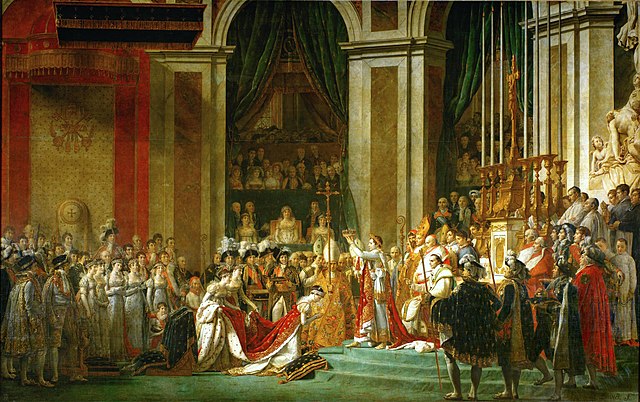
Jacques-Louis David, Napoleon’s official court painter, painted The Crowning of Napoleon in 1807, showing the coronation of Napoleon at Notre Dame de Paris.
More than 10 meters (33 feet) in width and just over 6 meters (20 feet) in height, this oil painting is impressive in size (33 feet). The Louvre Museum in Paris is now displaying the picture.
David began working on the commission on December 21, 1805, in the disused chapel of the College of Cluny, located near the Sorbonne, thanks to an oral commission from Napoleon in September 1804. In January of 1808, with the aid of his apprentice, Georges Rouget, he completed the project.
4. The Raft of Medusa – Théodore Géricault
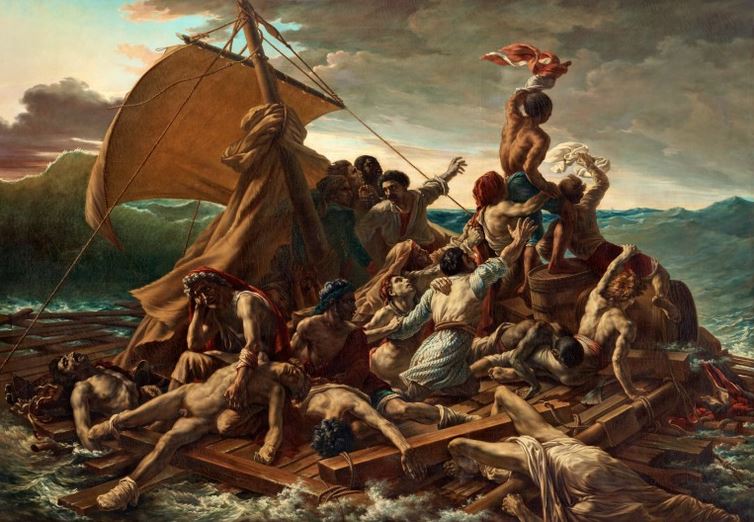
Among the most well-known French marine paintings is Theodore Géricault’s The Raft of the Medusa. It is one of the most well-known works of French Romanticism and is based on a shipwreck that occurred off the coast of Senegal in 1816.
The artist undertook extensive background reading on the tragedy and deliberated over how best to portray the bleak reality of being shipwrecked at sea before he ever picked up a paintbrush.
Based on the accounts of two shipwreck survivors, Géricault created a scenario that painted a brighter picture of the disaster than what had been reported in the press.
Those who made it off the French Royal Navy ship reported that they had to resort to cannibalism because of internal conflict. The premise of this composition is the conflicting feelings of optimism and horror one experiences while shipwrecked.
5. Impression, Sunrise – Claude Monet
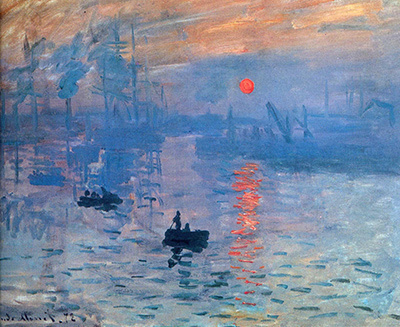
Some say that Claude Monet’s masterpiece, “Impression, Sunrise,” is the reason he is considered the greatest French artist of all time.
In the middle of the nineteenth century, Monet’s paintings inspired the Impressionist art movement.
Finished in 1872, this painting represents a seascape scene from Le Havre, France, where Monet is said to have spent considerable time.
The painting is famous for its soft but captivating colors, which depict a tranquil dawn over a bustling port city around the time Monet painted it. When the morning fog rolls in, it’s difficult to see the larger ships and barges.
The focus of the picture is on a small group of boats, suggesting the purity of life that Monet either observed or sought.
It was on show with other works by lesser-known painters of the time, yet still managed to pique people’s interest.
For a long time, this painting has been considered not only one of Monet’s greatest but also one of the best French paintings of all time.
6. Le Déjeuner sur l’herbe – Édouard Manet
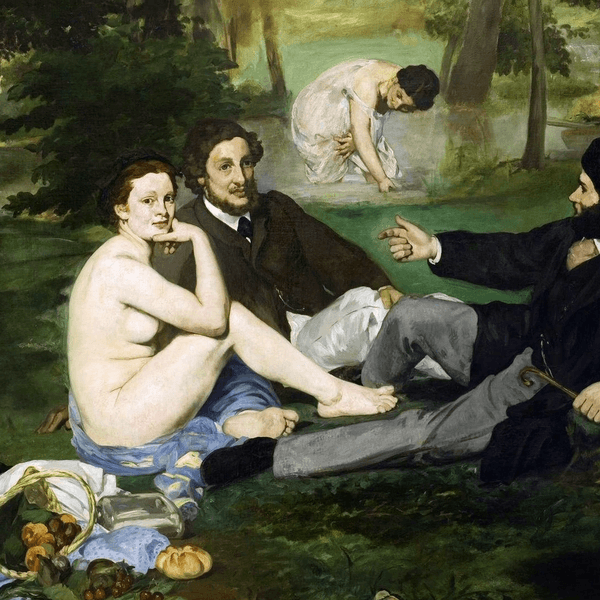
It has been suggested that another artwork currently on display at the illustrious Musée d’Orsay is just as divisive as Olympia(see below) , which Edouard Manet had previously painted before Le Déjeuner Sur l’Herbe.
This is another example of the artist’s propensity to push the boundaries of what was acceptable in French culture at the time, which the artist was known to do frequently.
Le Déjeuner Sur l’Herbe was painted in 1863. It shows a group of young men and women relaxing in the woods while one of the women is taking a bath.
This is arguably one of Manet’s most famous paintings after Olympia, and it brings a huge crowd to the Musée d’Orsay every year.
7. Olympia – Édouard Manet
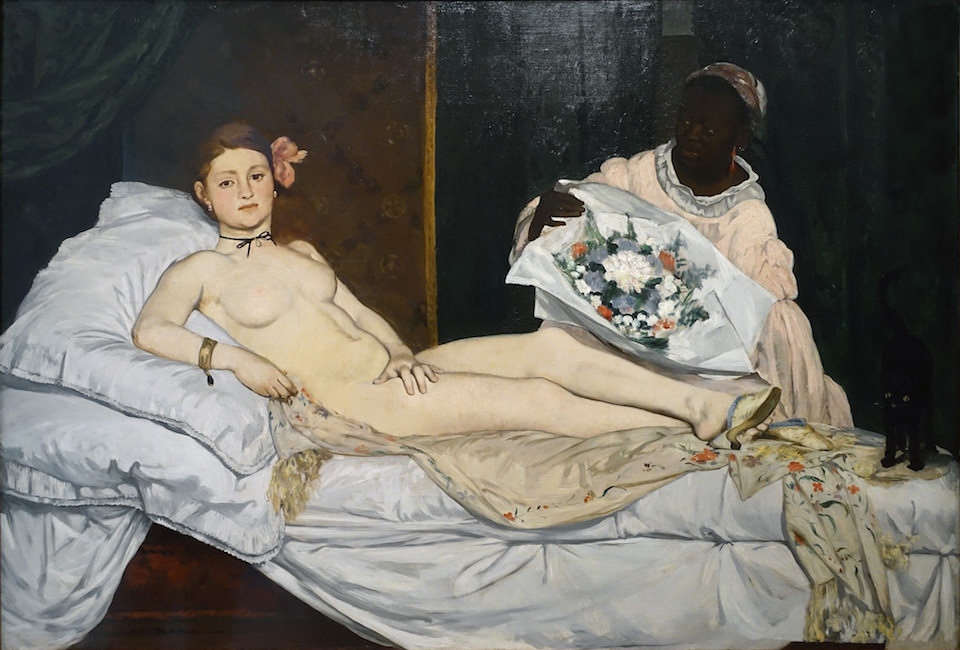
Edouard Manet, has work prominently displayed in the Musée d’Orsay. His paintings are known for being suggestive and often contentious.
The most famous painting by Manet on display in the museum was reportedly controversial when it was initially shown to the public.
In 1863, when the piece was created, it was generally frowned upon to depict a male or female figure in a nude state in a sexually suggestive manner. Olympia, after which the artwork is named, was met with strong opposition when it was first shown in Paris.
A naked woman is shown lying on a couch and looking sexily directly at the camera.
Many art historians and critics agree that the woman in Manet’s painting was a notorious prostitute, which may have contributed to the backlash the work received in Paris.
8. Bal du moulin de la Galette – Pierre-Auguste Renoir
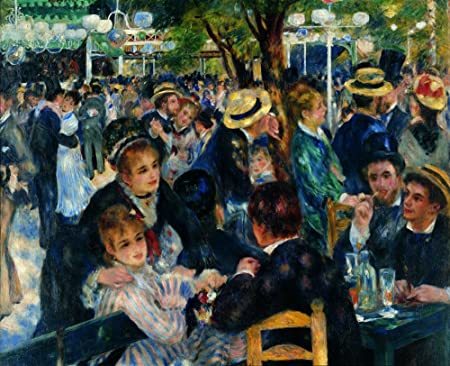
One of the most recognizable works in the Musée d’Orsay’s collection is a painting by Pierre-Auguste Renoir, one of the most influential artists of the late 19th century.
Impressionist painter Renoir, known for his portraits of Parisian society, excelled in capturing the fads of the day.
The event is shown in a picture widely considered to be among the finest examples of Impressionist art. This 1876 work depicts a typical Sunday at the Moulin de la Galette.
There were frequent social and artistic gatherings here between Renoir and his fellow Impressionist contemporaries.
Located at the core of the Impressionist exhibition at the Musée d’Orsay, this masterpiece by Renoir demonstrates the artist’s mastery of light and shadow.
9. Death of the Virgin – Caravaggio
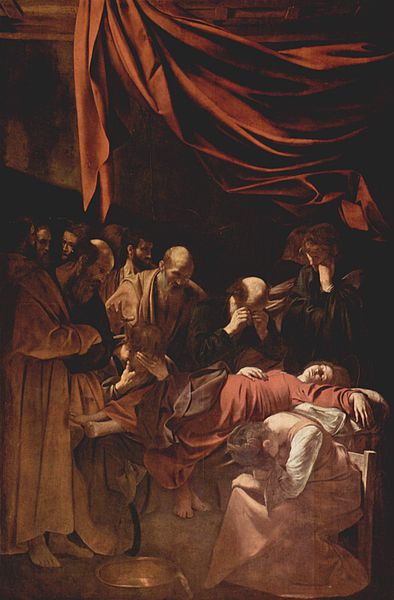
Death of the Virgin by Caravaggio is a painting from 1606 that shows the death of the Virgin Mary. It was made by the Italian Baroque painter Caravaggio. It is always on display at the Musée du Louvre in Paris.
When Caravaggio painted The Death of the Virgin, he had been working in Rome for 15 years (c. 1601–06). Laerzio Cherubini, a lawyer for the Pope, commissioned the painting for his chapel in the Carmelite convent of Santa Maria della Scala in Trastevere, Rome.
The way the Virgin’s death was shown caused a modern uproar, and the church said it wasn’t right.
Giulio Mancini said that Caravaggio based his painting of the Virgin on a prostitute, who may have been his lover. Because the painting broke rules of decorum, the fathers of Santa Maria della Scala rejected it and put up a painting by Carlo Saraceni, who was a big fan of Caravaggio.
Duke Vincenzo Gonzaga of Mantua bought the painting on the advice of Peter Paul Rubens, who said it was one of Caravaggio’s best works. Giovanni Magni, who was sent by the duke to show the art, did so at his villa on the Via del Corso from April 1 to April 7, 1607.
In 1627, Charles I of England bought the duke’s things. In 1649, when he was being put to death, the English Commonwealth sold off his collection at an auction.
The picture was bought by Everhard Jabach, who then sold it to Louis XIV for the French Royal Collection. After the French Revolution, the picture became state property.
Now, you can see it at the Louvre. Before leaving Rome, it was shown at the Academy of Painters for less than two weeks. Caravaggio, on the other hand, had already left Rome and would never show his face there again.
10. The Church at Auvers – Vincent van Gogh
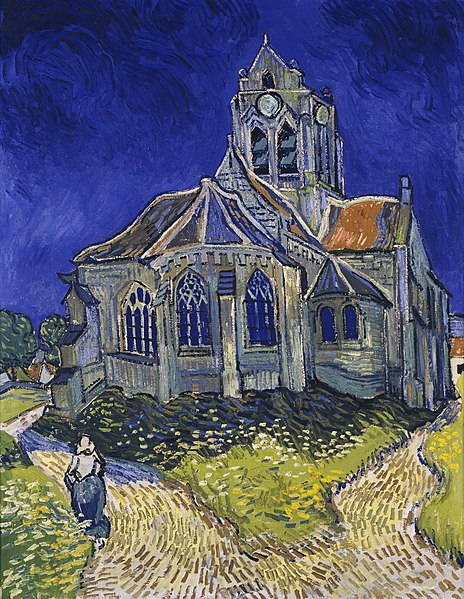
Currently on display at the Musée d’Orsay in Paris, France, is an oil painting by Dutch post-impressionist Vincent van Gogh titled The Church at Auvers, completed in June 1890.
The exact location of the church is 27 kilometers (17 miles) north-west of Paris in the French town of Auvers-sur-Oise at the Place de l’Eglise.
Scenes from his time in Nuenen are reflected in works like The Church at Auvers and The Town Hall at Auvers, as well as in other sketches of tiny dwellings with thatched roofs.

